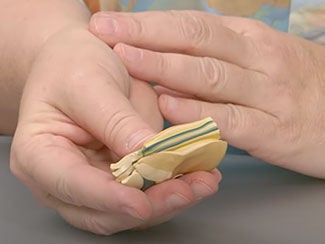Polymer Clay - Basics and Techniques
Christi Friesen covers all the polymer clay basics, including how to condition clay, color blending, jewelry clay tools, clay baking tips and more.


